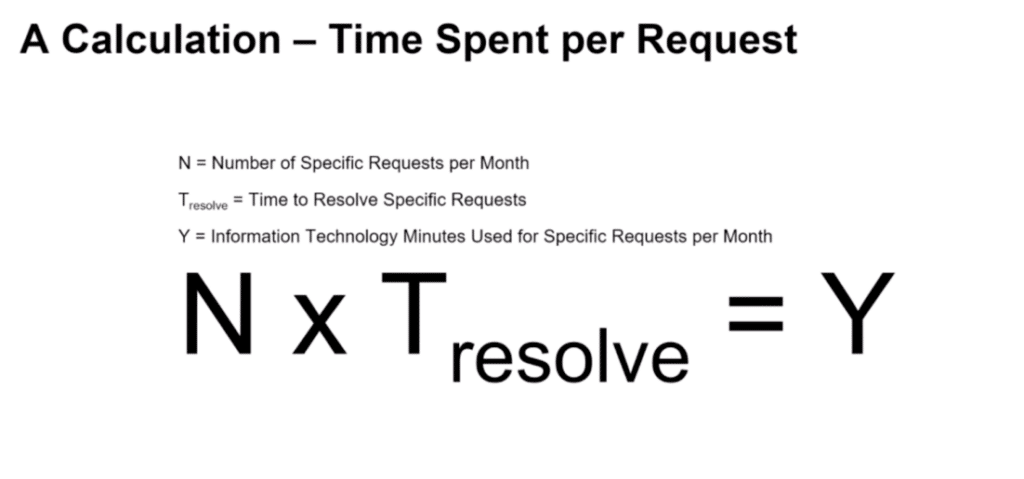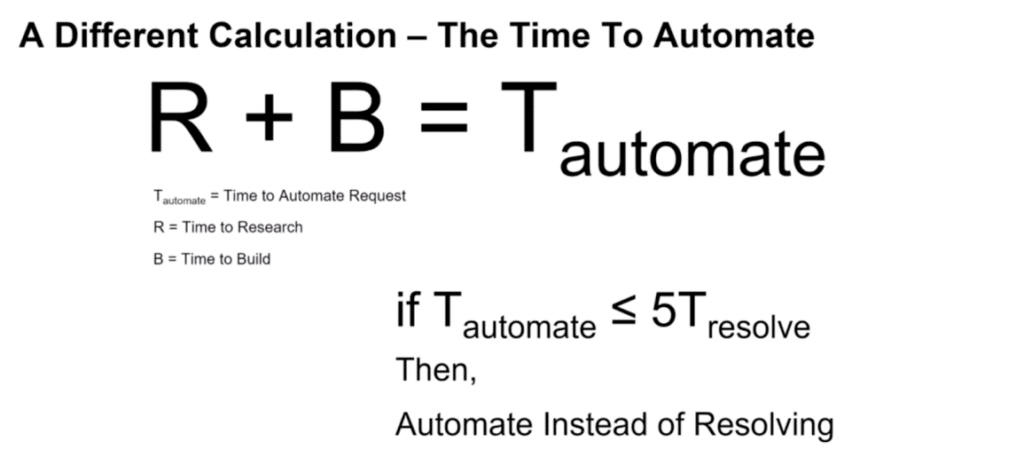
Manual mayhem: It’s what IT teams are still facing today.
Let’s start at the help desk. Answering phones, handling basic break/fix solutions—so many of the same requests come up. Each of these requests requires you to manually troubleshoot and fix each issue, which is time-consuming and frustrating for everyone involved.
These tedious tasks drain small teams or teams who are balancing enough work and documentation already.
Manual tasks are giving IT teams a run for their time.
Teams need a break from the monotony and a solution that can handle the repetitive chaos.
Picture this: less monotony, more action on critical initiatives and projects, less frustration for the team, and users who don’t have to rely on the help desk as much when the problem is remediated automatically.
Sometimes dealing with certain processes feels like way too much effort to bother automating. There’s an air of assumption—“Why go through the trouble when the help desk can handle it?”
So, these problems end up re-circulating around the help desk. What happens is a never-ending Groundhog Day of manual remediations.
What the Sum of Time Looks Like at the It Help Desk
Time is the most valuable resource for a team.
And yet, they’re always running short of it.
“Can you help me with my personal device?”
“My laptop is slow.”
“I don’t have access to these files I need.”
“I don’t know how this software got on here.”
(Free space: Configuration issue.)
All of these problems happen daily. It’s not just that teams are short on time, though—they’re also short on resources.
A cheat sheet for some of these common issues might be handy, but it won’t add more hours to their day.
But automation can make the sum of time spent resolving these issues close to zero.
Stick with us, even if you haven’t done math in a while, it’s easy to calculate the time you spend per request.

The first step is to gather your data about how many requests come into the help desk each month and how long they take to complete.
This equation is the bedrock of how help desks should triage their work.
When your phone rings and you pick up, that’s when the clock starts.
The clock stops when you’ve resolved the problem.
Say a particular problem works out to 20 hours a year, which doesn’t sound like a lot.
But if you have multiple members working at your help desk who are all getting the same requests, those hours could add up.
Say you have 30 or 40 of those requests.
The number of hours a year only goes up from there.
How to Calculate Whether or Not to Automate
There’s one more equation in the time-saving playbook. Whether or not to automate.

If the time to automate is less than or equal to the time it takes to solve the problem five times, you should probably try automating the issue rather than manually resolving it.
The Power of Zero in IT
We’ve gotten a bird’s eye view of how many requests per month teams are getting.
Add in the time it’s taking to resolve those requests.
Turns out?
The time to research what automation you need + The time to build it out + Actually automating your tasks
= Close to zero.
Suddenly, those tedious tasks are on autopilot.
The efficacy of automation increases dramatically.
Your IT remediation hours actually go down.
(It’s the kind of math everyone can get behind.)
Transforming IT Operations With Time on Your Side
Patch compliance is a common headache for many teams, and the more regulated the industry, the greater the need to secure personal information.
The challenge arises when patching needs to be very aggressive, but there’s a limited number of people on the vulnerability management side to manage patching effectively.
Imagine one person manually patching, manually restarting, and making sure the software is running correctly. It works if there’s 5 or 10 servers. It won’t work if there’s over 100.
An automated approach to patching cut the amount of time they spent.
Automating the problem wasn’t difficult. It was knowing when and how to deploy automation.
Automation is not a new concept. We’ve been automating processes for years. But what’s changed is our ability to leverage automation in a way that is both effective and efficient—and that means knowing when and how to deploy it.
When automation is used for the right problems, end users are happier because they don’t have requests to call in that distract them from work.
And the IT team gets a breath between calls. Instead of constant firefighting, they can spend more time doing proper documentation, projects that are actually enjoyable, and of course, the ones that are mission-critical for the business.
The consensus from our conversations this year is clear: time stands out as the most precious asset.
Find out how you can transform your IT operations with automation. Schedule a Syxsense demo today.







